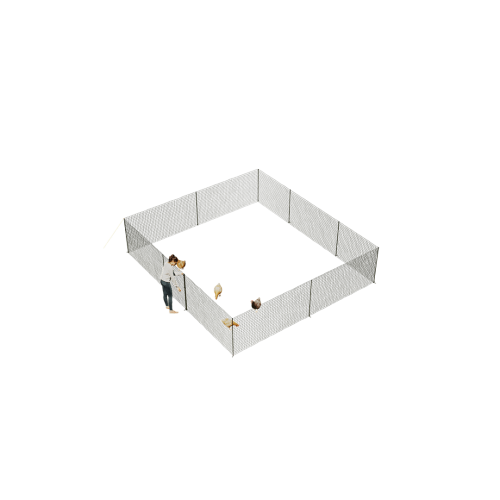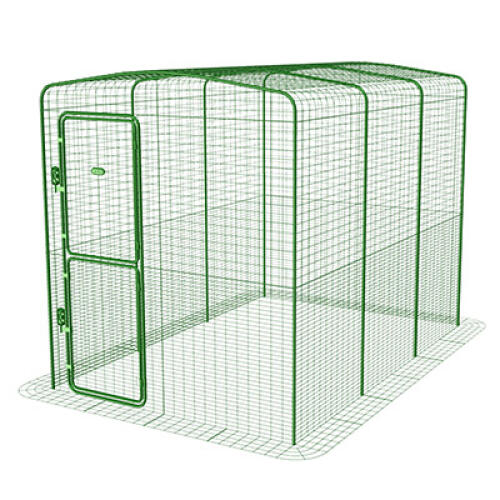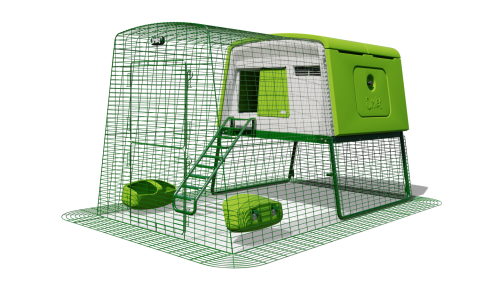You’ve decided whether to adopt or buy. You’ve decided how many chooks you want. You’ve decided what breed you want. Now it’s time to pick your chickens.
There are seven important checks you will need to fulfil in order to be relatively sure you’re bringing home a healthy hen. There’s very little chance of you picking up all potential illnesses, but this advice sheet should give you the knowledge necessary to be able to recognise some of the big warning signs of unhealthy hens.

A chook's eyes should be clear, bright, and free from cloudiness
- Legs and feet
One of the easiest things to check is the chook’s feet. They should be clean, and the toes shouldn’t be curled, swollen, or look at all sore. Examine the legs carefully – legs that look too ‘scaly’ can be indicative of infestation by the parasite known as the scaly leg mite. - Clean, clear eyes
Chickens’ eyes vary dramatically in colour depending on the breed, but there are some warning signs that you need to be on the look-out for. The chook’s eyes should not be weeping – there should be no discharge and they should not be crusty. The eyes themselves should be clear and bright, without any cloudiness. - A healthy body
To determine the health of the chicken it’s important that you pick them up and check their body. If there are any swellings, or if the chicken feels underweight, then these are warning signs. If you run a hand over the animal and you can feel its breast bone, then this could be a symptom of malnourishment. - An intact beak
Make sure that the animal’s beak is entirely intact – it should end in a point, and the tip of it shouldn’t be flaking off. This can be a real problem for birds, as often such things do not heal, and the bird is left with problems feeding and drinking. - Clean, tidy feathers
A chook’s feathers should be clean and well kept. Chickens spend a lot of time grooming themselves, and any departure from this habit can be indicative of a health issue. Check for bald patches or plucked feathers. This can be indicative of illness, or of poor treatment by the other hens.
You’ll need to thoroughly check your chickens feathers to be sure that they’re not suffering from any kind of parasitic infection. Creatures such as lice and mites can be seen with the naked eye, so it’s good practise to gently part the animal’s feathers and have a look at the skin. - A clear vent
A fatal issue in some chickens is the condition known as ‘pasted vent’. This is where faecal matter builds up around the birds vent and prevents droppings being ejected. Healthy, well kept birds won’t have build ups of faeces around their vents, so this is an important part to check.






Comments
There are no comments just yet